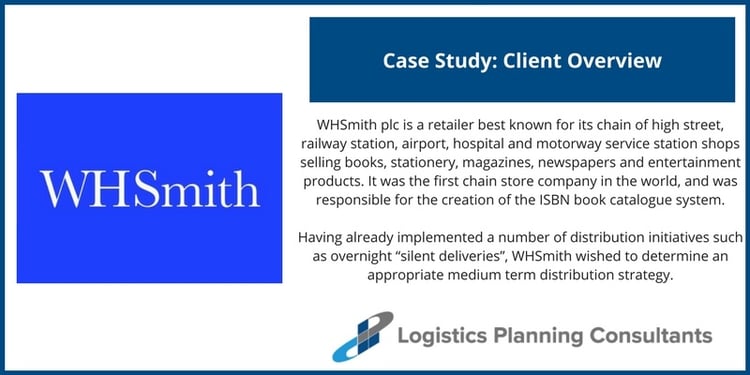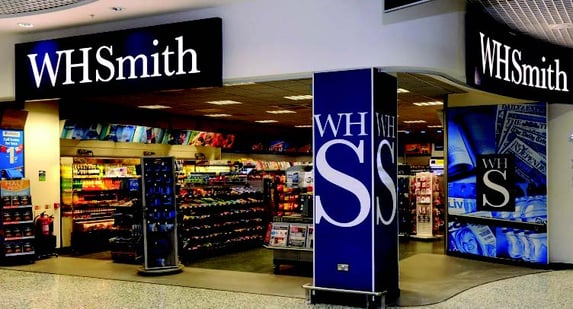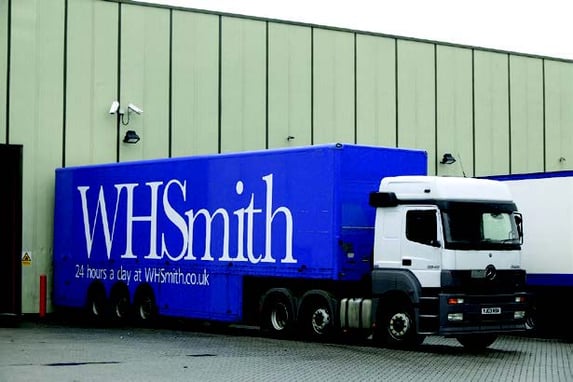
To this end LPC was retained to carry out a number of simulation exercises to determine the resource and financial impact that various scenarios would have on the distribution operation.
The simulation exercises were undertaken using Dips which is a purpose developed computer model which is very widely used for Facilities Location modelling and Transport Planning. It uses actual road networks, and can “self-optimise” location solutions as well as being used for the development and evaluation of optional scenarios. When being used for Location Modelling Dips can work either with individual collection and delivery points or with “clusters” of collection and delivery points.
The Model can incorporate a variety of parameters
The scenarios run included:
- Construction and validation of the ‘As Is’ model against which other scenarios would be modeled.
- The optimising of branch reallocation between distribution / transhipment centres in the current network.
- Testing the feasibility of double running trunking vehicles on radial routes from some transhipment centres.
- Optimising branch allocation between transhipment centres

WHSmith was found to already be operating with a near optimum arrangement, so reallocating branches did not produce a significant benefit. Double running trunking vehicles on radial routes from some transhipment centres
This proved to be impractical because not all day delivery branches big enough to accept an artic are close together leading to inefficient routes for the double shifted trunking vehicles. Relaxing the delivery order of flagship branches on routes to allow the building of more efficient routes.

Because of the day and night delivery segregation effectively diluting drop density, the savings available through route optimisation proved to be small. Reduction of delivery frequency to branches with lower turnover. This reduction in service level would not allow a reduction in fleet numbers but would allow a reduction in mileage and overtime leading to a cost reduction compared to the As Is model of 8.9%.

Merging the two Northern transhipment centres into one optimally located site. The transport costs would go up, but this increase could be offset or exceeded by the warehouse savings in terms of site and staff reductions. Warehousing would normally be addressed by LPC for this kind of study, but in this instance the warehousing costing exercise was carried out internally by WHSmith.


